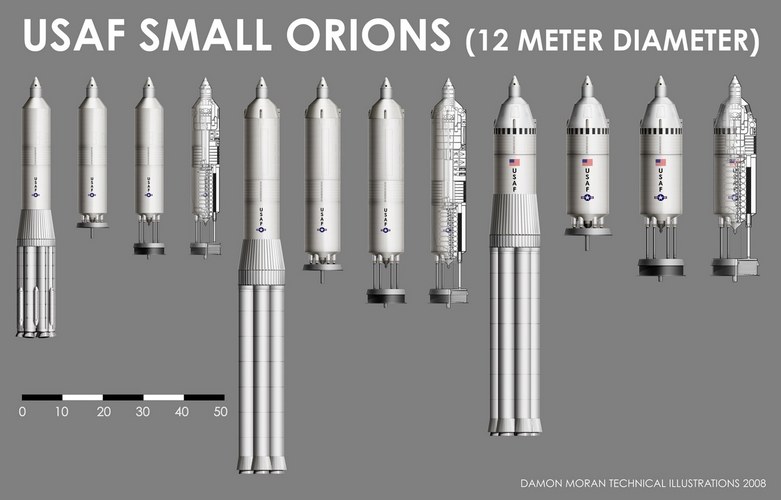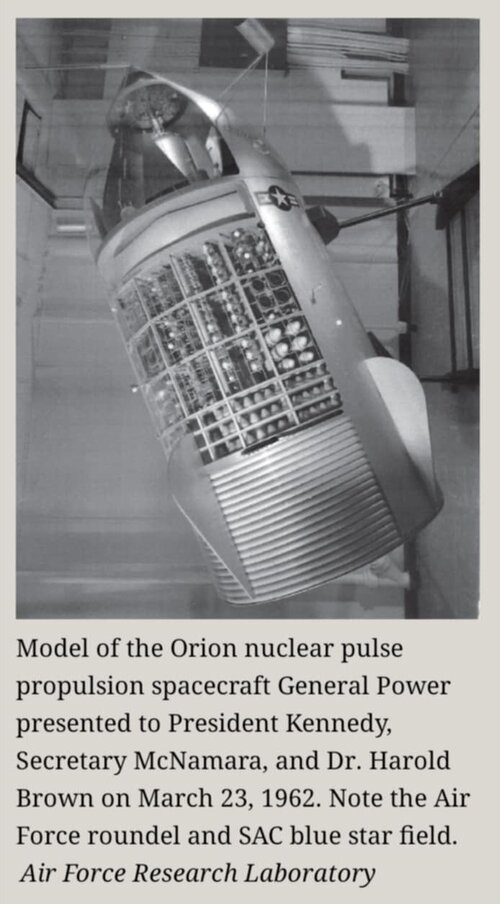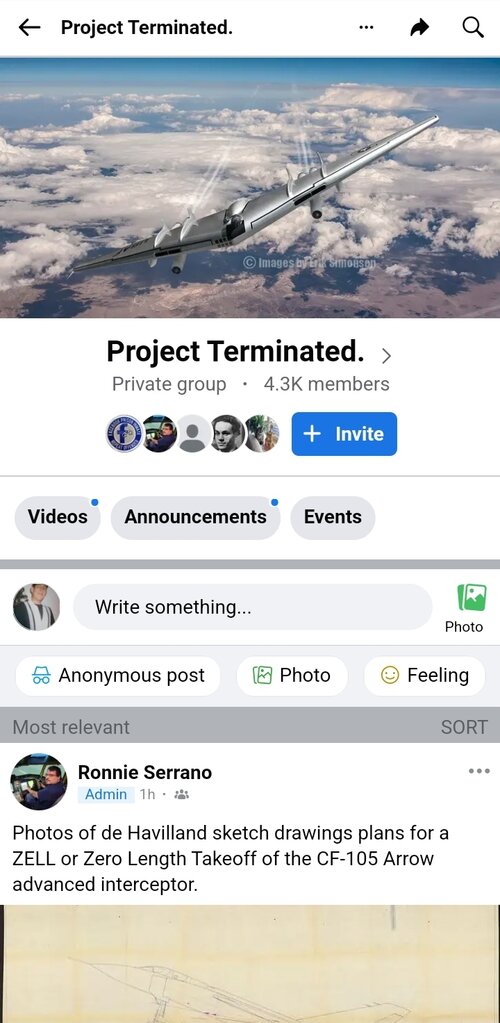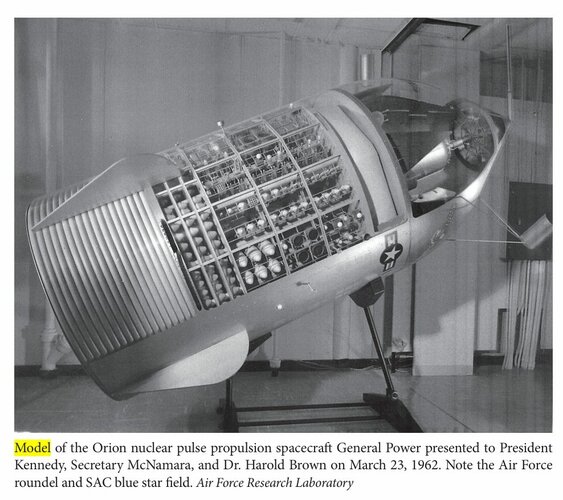agricola64
ACCESS: Confidential
- Joined
- 11 July 2006
- Messages
- 85
- Reaction score
- 10
RP1 said:we can substitute the nuclear bombs previously used for the atmospheric stage of the flight for thermobaric bombs (FAB) like the Russian Father Of All Bombs (FOAB) since these have the same power as a small nuclear bomb but with no fallout
It's not raw power that matters, it's power per unit weight. FOAB has a mass of several tonnes - assuming Wikipedia is correct (the numbers seem to be referenced), 7 tons for 44 tons yield. Offhand, a multi-kiloton nuclear device will have a mass of a couple of hundred kilograms.
RP1
the only point where i could see chemical propellant used in an orion flight system would be if you insist on take off from ground without using chemical rockets for intal lofting ..
place the orion over a deep pit, fill it half with a few thousand tons of AMFO, ignite .. this might reduce fall out since the next pulse (the first nuclea pulse) would be already a little away from ground ..
but it is a silly application .. putting a few SRB boosters underneath would do the same thing at better performance











